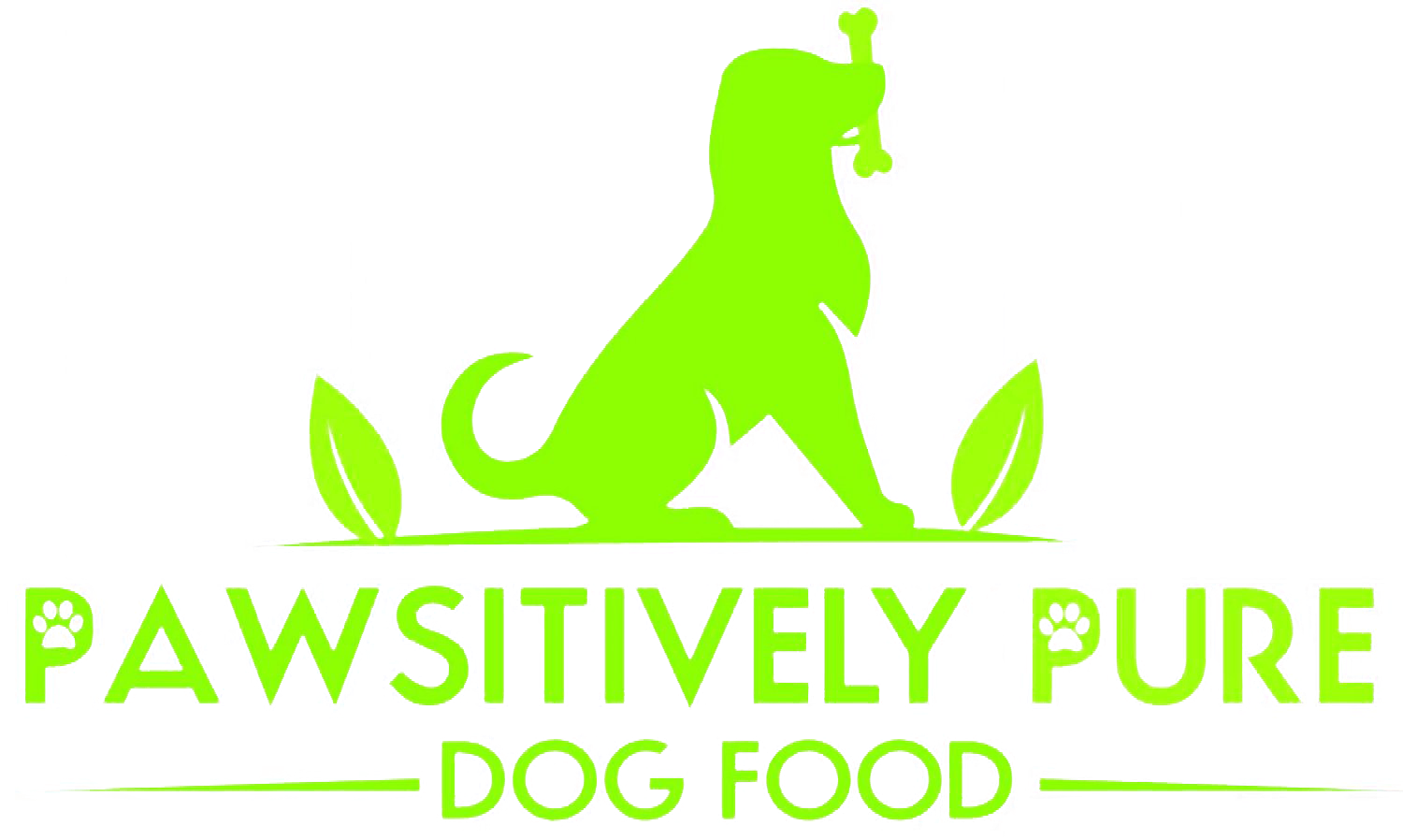According to the Association for Pet Obesity Prevention, 56% of all dogs in America were considered obese in 2017. This is an increase from 2016, when 54% of dogs were considered obese. While many people may think it’s cute to see a “chunky” dog with a few extra pounds, obesity can present serious health problems for our furry friends, and shouldn’t be treated as a laughing matter.
While our dogs have unique appetites and flavor palettes like we do, it’s important to remember that their nutritional guidance comes primarily from us. Here are just a few notable things from this scientific study and how we can use this info to help improve our dogs’ lives overall.
54% of pet owners give in when their animals beg. A majority of pet owners noted that they gave their dogs or cats food whenever they begged for it. At first glance, it may seem cruel to deny our animals food when they’re hungry, but if you keep your animal on a consistent feeding schedule, you won’t have to worry about whether or not they’ve gotten enough nutrients for the day. If they beg when you know they’ve gotten their allotted meals, they may just want a little extra love and attention. Satisfy them with a treat for a trick.
22% of animal owners noted they overfeed their pets because it makes them happier. Sure, tasty food is a wonderful treat for any dog or cat. Since most people use food and treats as training rewards, it can be difficult to wean your pet off of the extra snacks. Just keep in mind that helping your dog maintain a healthy weight will keep them happier in the long run and give them extra years of running, playing, and doing all the things they love most.
4 in 5 pet owners estimate the amount of food their animals receive at mealtime. When you have a pet, it seems like the easy solution to just eyeball how much kibble they get at mealtime. However, lack of careful meal tracking can easily lead to chronic overfeeding and weight gain. Using prepackaged human grade pet foods for your dogs makes the measuring and tracking process easy as it’s already done for you.
If you’re anything like us, you want your dog to stay around as long as possible. Give them the opportunity for a healthy, active life by taking an active role in monitoring their mealtimes. Feeding them natural, responsibly sourced, human-grade foods with wholesome proteins can make a huge difference in their quality of life, as well. To learn more, get in touch with Pawsitively Pure dog food. Purchase tasty, natural food for your dog here.





